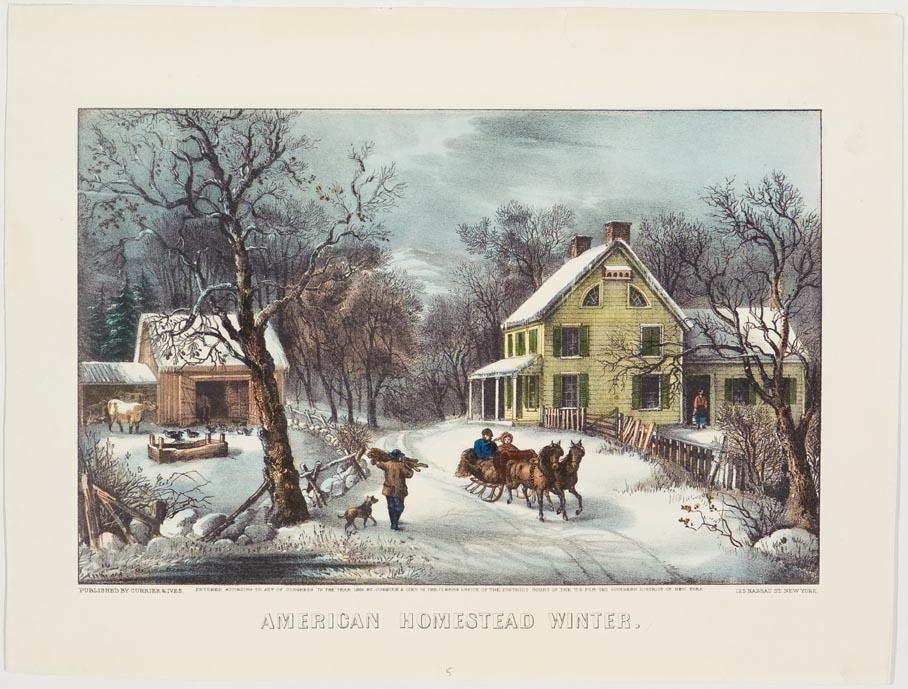GOSHEN—A crowd filled the Senior Center conference room in Goshen on Oct. 4 to hear architect Paul Mays of Butler Rowland Mays Architects LLP present his firm’s plan for a new library. The design was the result of years of planning, discussions, and research with the Goshen library board of trustees, staff, and library planning committee.
Voters rejected a library plan referendum in 2008. Ellen-Mary O'Brien, president of the Board of Trustees, said this was a new attempt to provide a plan that residents were happy with. “We came up with this plan. We are hoping that you like it as much as we do and that you see that this is good for the future of Goshen.”
Possibilities
The present structure was built 100 years ago when society was different. The population has changed and so has library services and how information is delivered. Mays said that people still need information even if the method has changed. The plan for a library is tied together with the future of Goshen itself.
Mays said his task was to create “a space that is meaningful to the community, not just when [residents] are young, but for later generations, for a long time.” Butler Rowland Mays specializes in library architecture and presented examples of other libraries that reflect what Goshen residents wanted for their library.
“These libraries should fit in the areas that they are developed,” he said. For most communities the library can raise property values, improve quality of life, and reduce unemployment, as well as be a catalyst for rejuvenating a downtown and increasing pedestrian traffic.
Libraries are meant to fit the needs of everyone in the community, Mays said. Some like a small niche where they can read on their own. Others who work out of their home need a soho—small office home office--place for meetings that would not be appropriate at a kitchen table. Those who support the library need a space to raise funds for the library’s operations.
A lobby can be a space “where you can have more of a café atmosphere, the chance to meet, have a coffee, talk.” Even the outdoors could have play areas, unique topiaries, and transitions to other communities spaces.
Requests
Mays highlighted what residents requested. Residents said parking and accessibility were big concerns, staffing costs needed to be kept to a minimum, and the new library needed more space for meeting and social interaction.
Mays and his team paid attention to keeping the staffing budget at a minimum. “When we design these buildings from the ground up, we establish areas of supervision and cross-supervision, and minimize additional staff that may be necessary.” Only two additional staff were figured in the plan.
A gathering space for young adults got a good look. The space had to be flexible. One library had the teen book stacks on casters so they could be moved out of the way for group events. Technology was key for teen gaming with a large video screen.
“The seating area can be set up for collaborative learning, for discussion, in groups,” Mays said. The area can be used for teens to do homework and to socialize. “There are not too many other spaces in small villages for kids to congregate, to do something together that is positive.”
The children’s room could have stroller parking areas. Seating called a one-and-half chair is made for parents or grandparents to read with their child.
Meeting spaces and community rooms could be used from morning to night in the library with a toddler play group in the morning to a poetry reading at night.
The firm studied Goshen’s architecture to bring that to the exterior design.
Priorities
The library committee and the architects did some in-depth research to learn the latest library trends: some surprising, some obvious. The digital revolution has clearly changed the way information comes to us, Mays said. However, bottomline, books remain the library’s brand and are the primary function of a library.
“The narrative that libraries are a dying breed, that the Internet has replaced them, is demonstrably untrue,” Mays said. Another key insight came out of their research: librarians are considered trust-worthy by 74 percent of people surveyed. “That’s important because they are trained specifically to help people find very crucial information. Their discretion is important and so is their ability to find the correct information.”
Although most people can get lots of information from the Internet, much of it may not be correct and can be overwhelming. “Trying to suck information out of the Internet is like trying to take a sip of water out of a fire hydrant.”
The Plan
The present library is landlocked with almost no room for expansion, so the committee looked at Salesian Park which the library now owns free and clear. It has the open space that is ideal for many activities: visiting the library, playing in the park, or attending Shakespeare in the Park performances.
The plan took into consideration the many old growth trees and designed roads and parking around them. A stone chimney and ruins in the park remain. “We want these to remain intact because they tell a story about the history of Goshen,” May said.
The building itself is two stories with a surrounding porch and expanded parking. The entry to the building comes into a lobby space that has access to restrooms, a display area, benches, and a 100-person meeting room. May said the main library can be closed off with locked doors when events are held outside of normal hours.
Staff and administrative areas were consolidated into one area. Staff at the circulation and reference desks have cross-supervision and can see into all corners. A kitchenette can also be accessed from the lobby meeting area. Study tables are along the center axis. Several reading niches in bay oriels look out into the park.
From the main lobby is a conference room that can be used as a soho, meeting area, or quiet study room. From the reference area are windows into the young adult area.
The upper level main space has the children’s library, a program room, and the historical society. The program room allows crafts with a floor that can be cleaned. A family restroom within the children’s room offers parents more security and safety.
Mays’ comment that “this fits into the community in a very different way than the Paul Rudolf building and the 2008 plan” was met with guffaws and muffled laughter. The modernist architect Paul Rudolf designed an Orange County Government Center in Goshen, which the county, having won court challenges, will now remodel. In 2008, Goshen rejected a plan for a new library designed by another architect.
The Goshen library offered over 1100 programs for all age groups in 2013.
The plan calls for a 20,600 square foot building, one-third smaller than previous referendum and “half the price” at $9.3 million. The cost includes the actual construction, furnishings, technology, and “all interacting pieces.” Mays said actual construction would be about two years once approved. The annual cost per household is estimated to be $41 per $100,000.
“This is a once in a generation project and one that allows us to improve the value to the community as a whole,” Mays said.
To contact this reporter, please email [email protected].





Friends Read Free